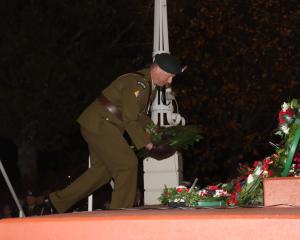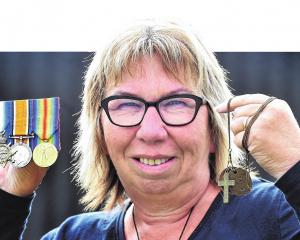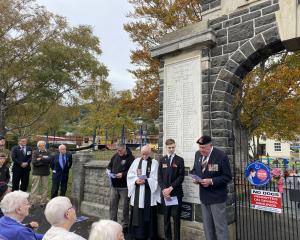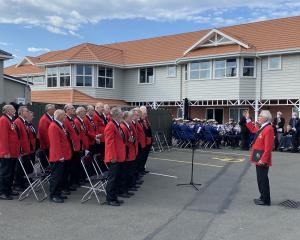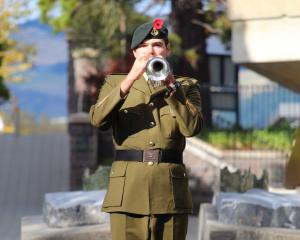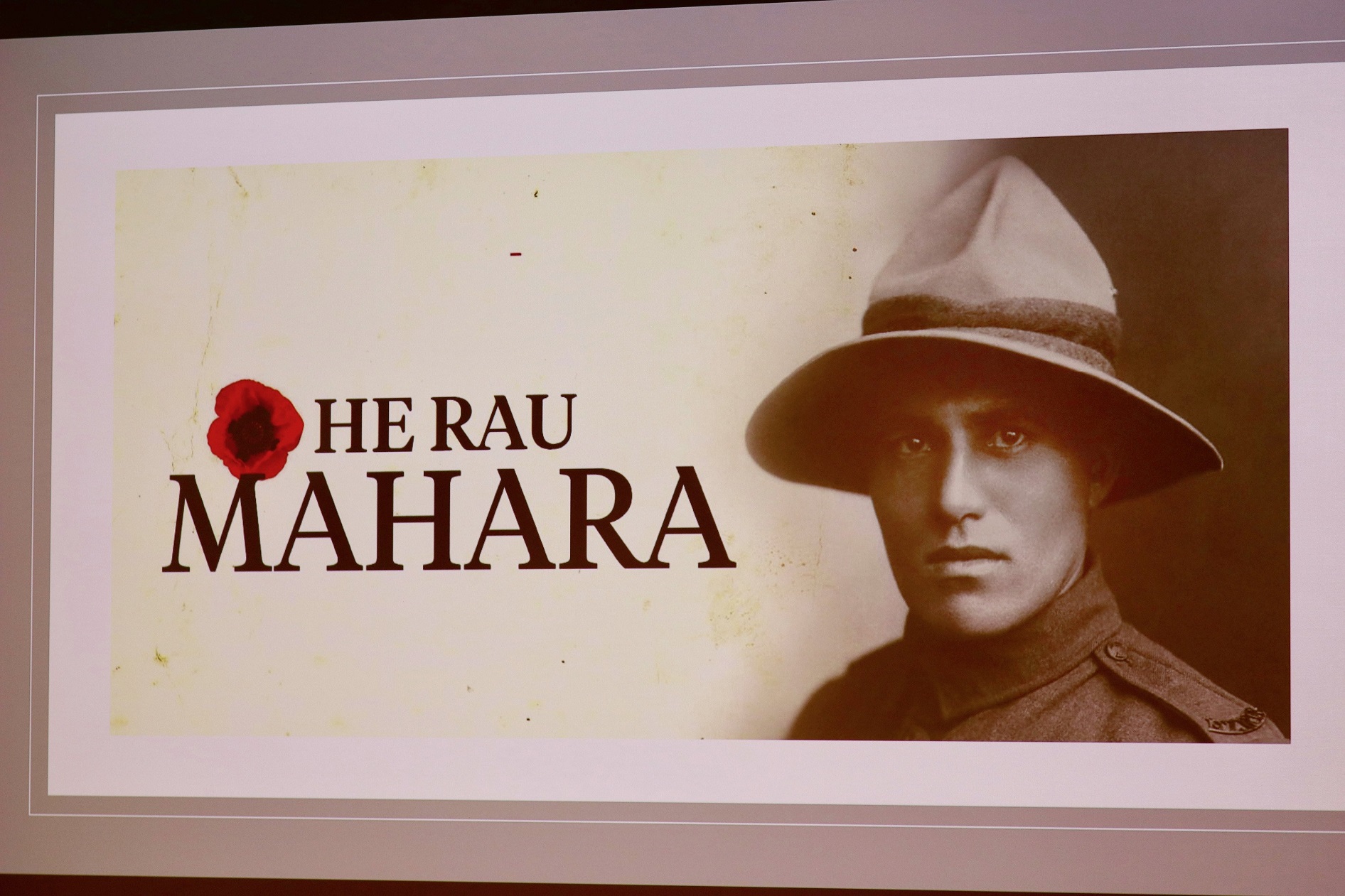

The whakapapa unit at Te Rūnanga o Ngāi Tahu has been working since the World War 1 centenary to document Ngāi Tahu and New Zealand’s contribution through its book, and accompanying website of the same name, He Rau Mahara.
Te Rūnanga o Ngāi Tahu whakapapa manager Arapata Reuben said they had identified at least 50 Ngāi Tahu WW1 soldiers, and were searching for whānau to come forward to help tell their stories.
"We want to acknowledge our veterans and honour their sacrifices. Kei wareware tātou — lest we forget."
In 2017, after three years of research, the unit released the book He Rau Mahara, which tells the history of 270 Ngāi Tahu soldiers who served in WW1.
Following the publishing of the book, the team had received calls from whānau asking why their relatives were not included.
"We sort of expected that because iwi affiliation was not listed on the enlistment forms of the soldiers."
However, the Ministry of Defence has allowed Ngāi Tahu access to its nominal rolls.
"We’re going through those rolls and matching names to our register of iwi members. We have identified another 100 soldiers who potentially could be of Ngai Tahu descent.
"With such a high number of soldiers already identified and more to be confirmed, a second edition of He Rau Mahara is a possibility," Mr Reuben said.
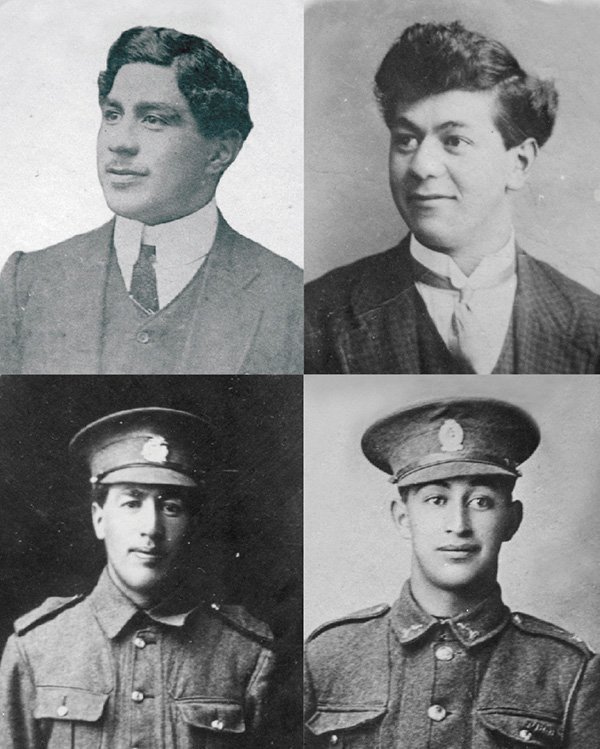
Its accompanying website holds the stories of many WW1 veterans and the fallen, including the story of the Hunter brothers, of Riverton in Southland.
Joseph and Jane Hunter, of Riverton, had five sons leave home and join the war effort. However, only one returned.
The eldest brother, Joseph Hunter, was killed in action on August 8, 1915, at Chunuk Bair in the Dardanelles.
More tragedy soon followed, when the second son, David Hunter, headed off to the Dardanelles to join with the Otago Mounted Rifles, arriving on August 3, two months after his brother Joseph.
He died on August 21, 13 days after his brother Joseph.
Harry Hunter enlisted in January 1917 and joined the Otago Regiment as a machine gunner in July 1917.
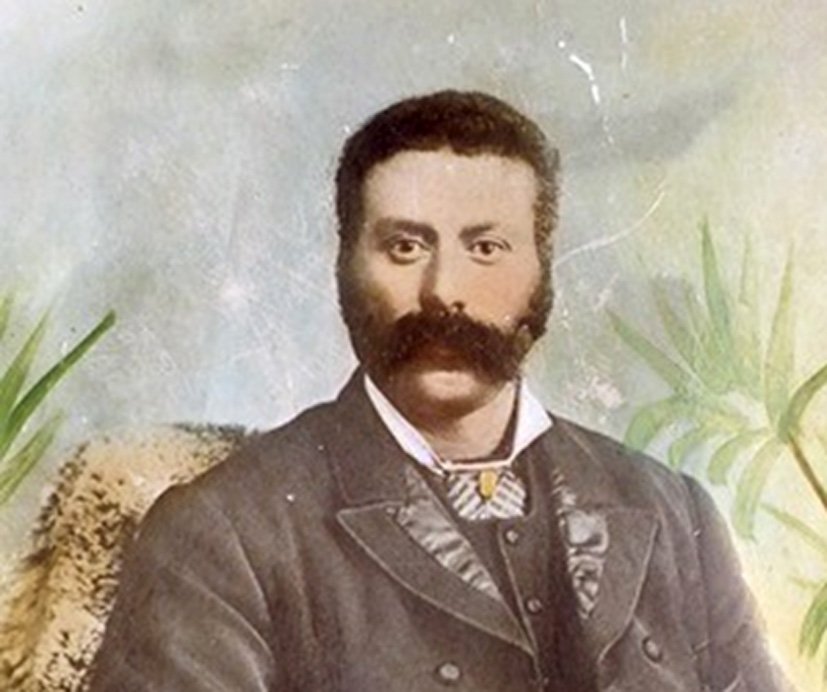
William Hunter, enlisted in October 1916 and left New Zealand four months later.
He was transferred to France, where he distinguished himself on the battle fields of Etaples.
William was awarded the Military Medal for Acts of Gallantry and a special mention in dispatches. However, one month later, he was killed in action during the Battle of Le Cateau in October 23, 1918.
Of the four boys that left home for the battlefields of Europe, the only one to return was Sergeant John Hunter.
Sgt Hunter enlisted in October 1915 and in December 1917 received the Military Medal for Acts of Gallantry in the Field, after he led a team of stretcher-bearers into "no-man’s land" to rescue wounded soldiers in France.
He returned home and arrived in Auckland in January 1919 and returned to Riverton, where he married and had a daughter.
Recently identified Ngāi Tahu WW1 soldiers
Do you know any of these men? Ngāi Tahu are looking for relatives, who may be able to help piece together their stories. Get in touch at whakapapa@ngaitahu.iwi.nz.
ADAMS, John Taiuru Te Rongo
ADAMS, William Campbell
ARTHUR, John (II or III)
BISHOP, James Henry
BLACKIE, Herbert William
COOK, John
CROSS, B.G.H.
CROSS, Frederick
DUTTON, EDWIN
FAULKNER Charles Roy Simon
FLINT Charles Lewis
HARVEY Harry Wade
HIRST, Charles Edgar Dallas
HUDSON, Thomas Edward
HUNT, Charles North
LINLEY, Lewis Frederick
MCGREGOR, James Gould
MCGREGOR, Robert Edward
McNAUGHTON Robert
NEWTON, I
STEWART, William Alexander Clarke
TOPPING, James Alexander
TINDLE, Richard Francis TINKHAM, Kenneth Tully
VALENTINE, Archibald
VALENTINE, Arthur Victor
VALENTINE, Charles
VALENTINE, Peter James
VALENTINE, William Sampson
WADDEL, George Roxby
WHAITIRI, M
WILLISON, Lancelot Douglas
WIXON, Arthur Edmund
WILSON, Alexander John
WILLS, Robert William
WHITE, Eric James
WHITE, Cecil Courtenay
WADDEL, George Roxby
WYBROW, Thomas


